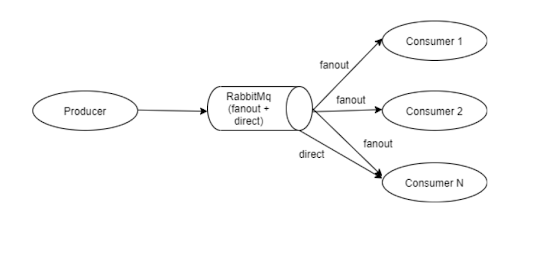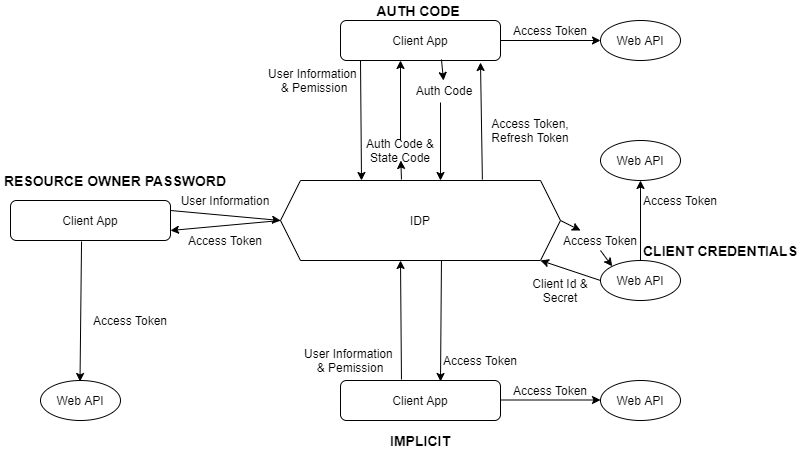Log Correlation in Microservices

Logging is one of the most important factors to trace any issue in the system. Multiple requests will reach the system at the same time. Each request will have its own way. In Microservices architecture the complexity will be more. The same request will get forwarded to multiple systems. Each layer in each system will add some logs to trace the issue. But we need to link all the logs belonging to the request. Then only we identify how the request is behaving on each system. To Link all the logs into a single link, that is why correlation is required. There are multiple frameworks are available to correlate all the logs. Azure is providing azure app insights to link and showcase all the requests into a single pipeline. Kibana and Serilog also provide to link the logs. Here we are going to see to link the logs without any third-party components. Setup the CorrelationId: The request will originate from any client application or any subsystem. Each request can be identified by its re





